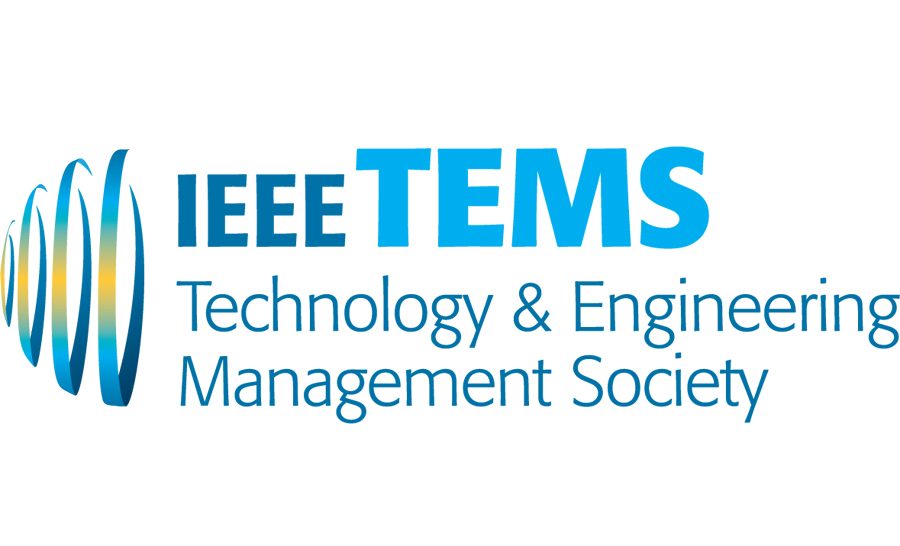It is well known that one of the courses I have taught for some time is “Project management for Engineers”. What is difficult to get across sometimes in a classroom setting is the PM (Project management) mentality which is not always so obvious and is rarely covered in textbooks. PMs should be known for an action bias rather than an analytical bias. Analysis is good when it helps set a sense of direction and purpose and is not so good when it leads only to more analysis or stagnation. You all know the symptoms of stagnation: when the team gets very good at giving excuses for NOT doing something or why paralysis is our default condition.
By PM mentality I mean a sense of urgency, a sense of forward motion. A sense of impatience balanced with a sense of order and process. I don’t mean random motion or the appearance of progress, I mean making tangible and meaningful forward motion on the portions of the project that are not blocked. So, at all times, the PM is asking the following questions:
- What portions of the project are blocked? How can we remove the blocks right now? What would be the next blocks if these were removed?
- What portions of the project are NOT blocked? Can we make progress on those areas without sacrificing work on removing primary blocks?
- What is the critical path right now? Who is on it and how can we get them some help? Would added resources be a positive or a negative?
That last question is the key. It is often true that adding resources, especially at the last minute, can cause a bit of retrograde motion. The new people need training and orientation. There is also acquisition time and learning curve time and loss of productivity from those who are delivering now. Adding resources should be a STRATEGIC and not a tactical move, and not just a political reaction to a suddenly discovered “crisis”.
The extreme of course is to being in a constant state of motion and action with no chance for reflection. When this occurs, it is possible that the team or the leader has lost its way and has no real strategic intent. In the extreme, I have seen teams burn themselves out by applying one patch on top of another and one bandaid on top of another. When your team starts to make repeated mistakes and when your team is seeing drops in productivity and quality, then you need to ask, are we pushing too hard? Are we working hard and not smart? Does the team need a break? Are we too close to the problem? Do we need an outsider’s perspective? Do we need to take a breath? Don’t look for scapegoats look for solutions.
In my class I share out lots of stories so people can learn from the mistakes and success that have preceded us. I encourage students to share out their stories so we all can learn from current practice. If you never make it to my PM class or something similar, I suggest you establish a community of practice for your project managers to share out their current day stories and so you can learn from each other in real time and in YOUR context.










Add Comment